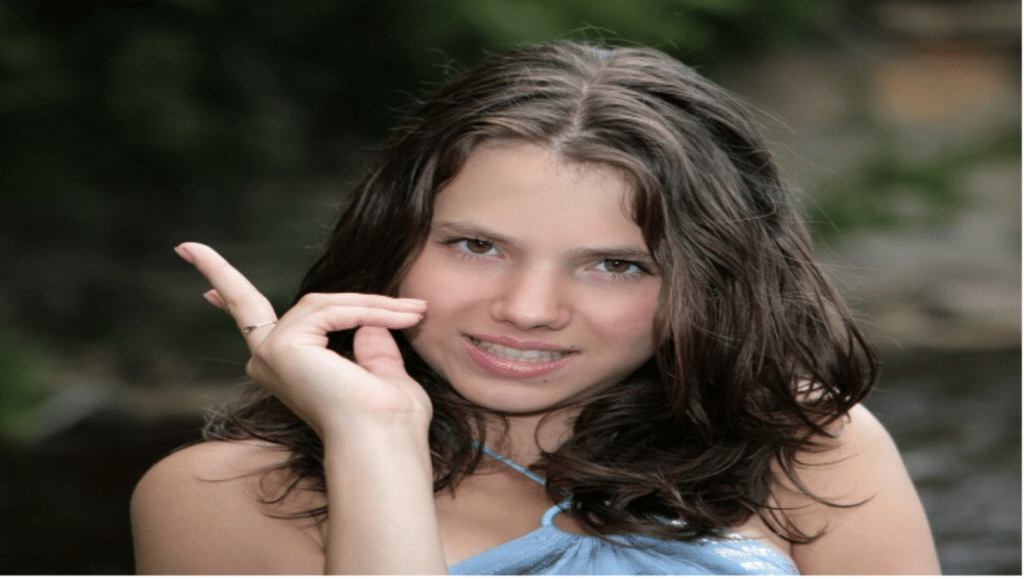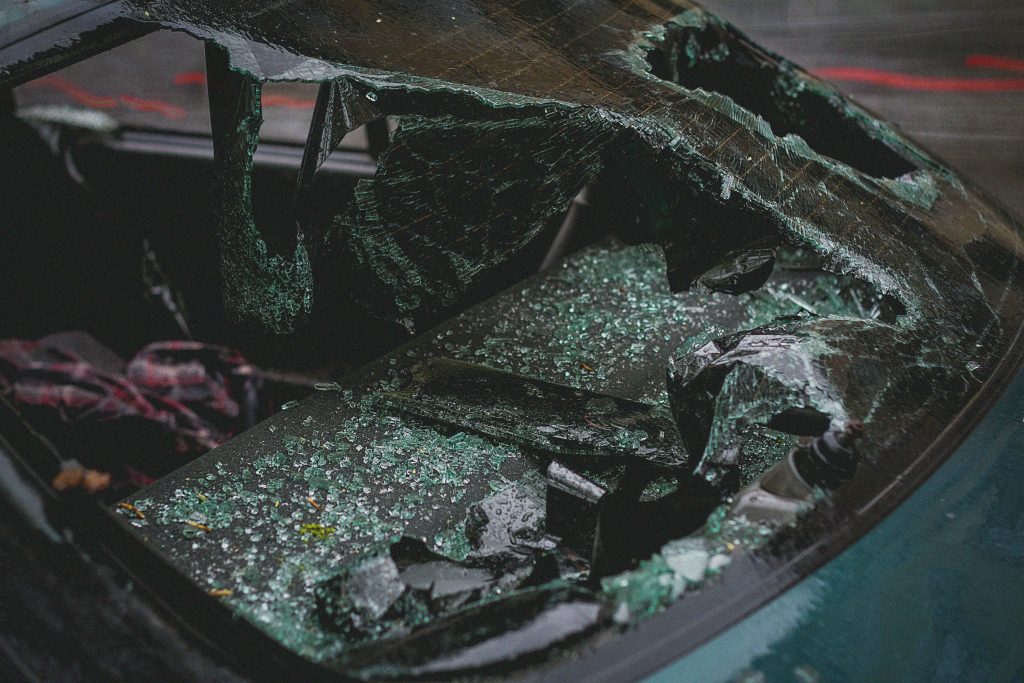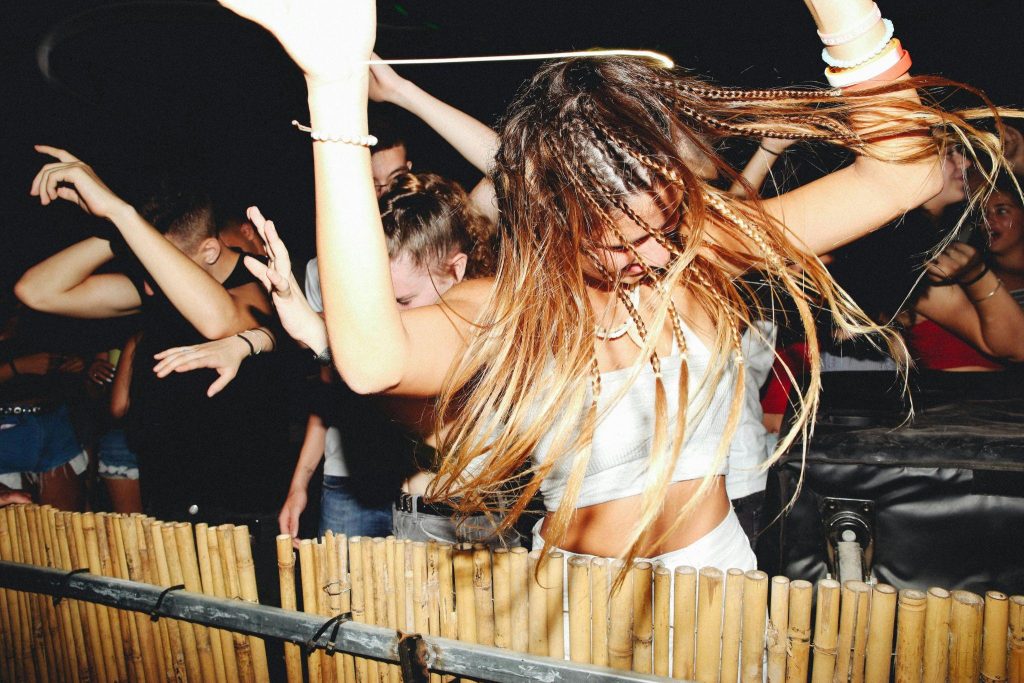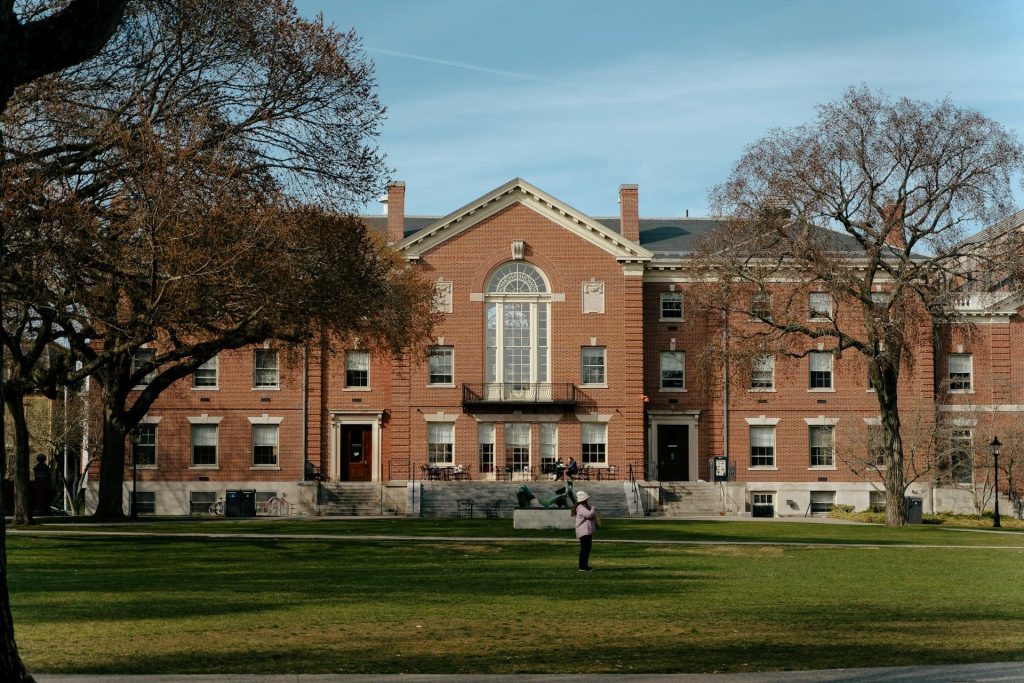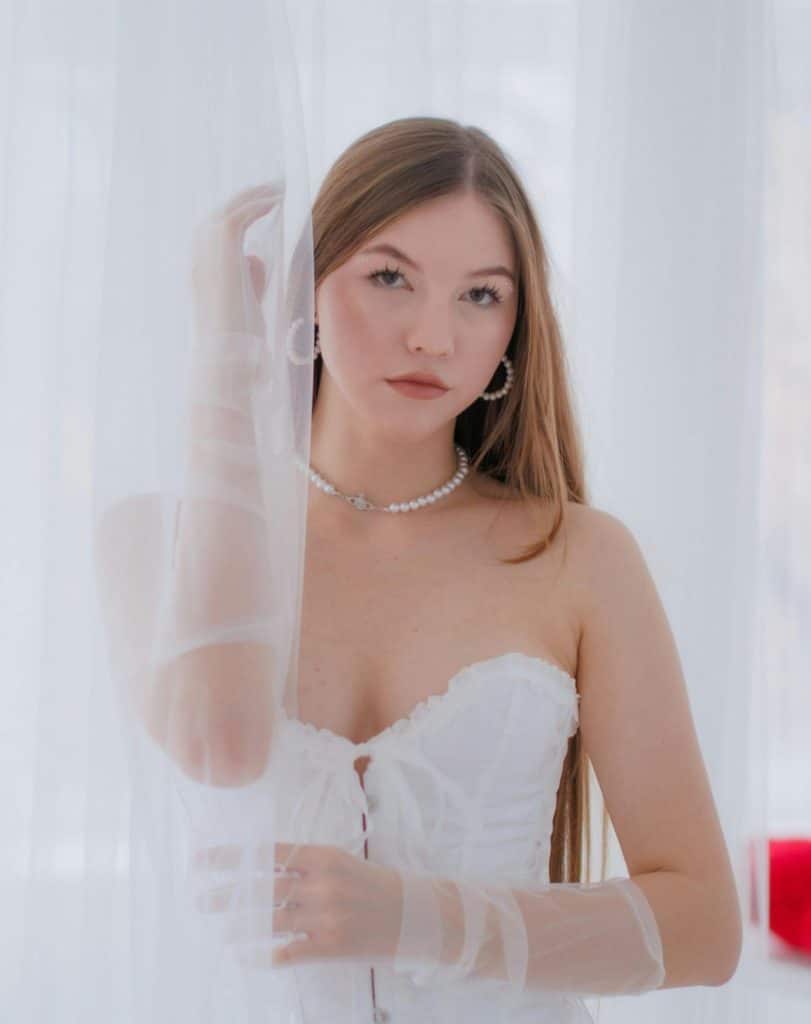Russian cinema in the early 2000s was a landscape ripe for innovation, yet many actors struggled to leave a lasting impact.
Sasha Durpfen, despite her limited filmography, managed to contribute to significant shifts in the industry.
Her roles in “Russian Ark” and “Russkaya Lolita” showcased new possibilities in storytelling and cinematography, acting as a catalyst for change.
This article explores how Durpfen’s work reflected and influenced the evolution of Russian filmmaking after the Soviet era.
We will examine her involvement in groundbreaking techniques, her approach to complex characters, and how her performances fit into the broader context of Russian cinema’s transformation.
Who is Sasha Durpfen?
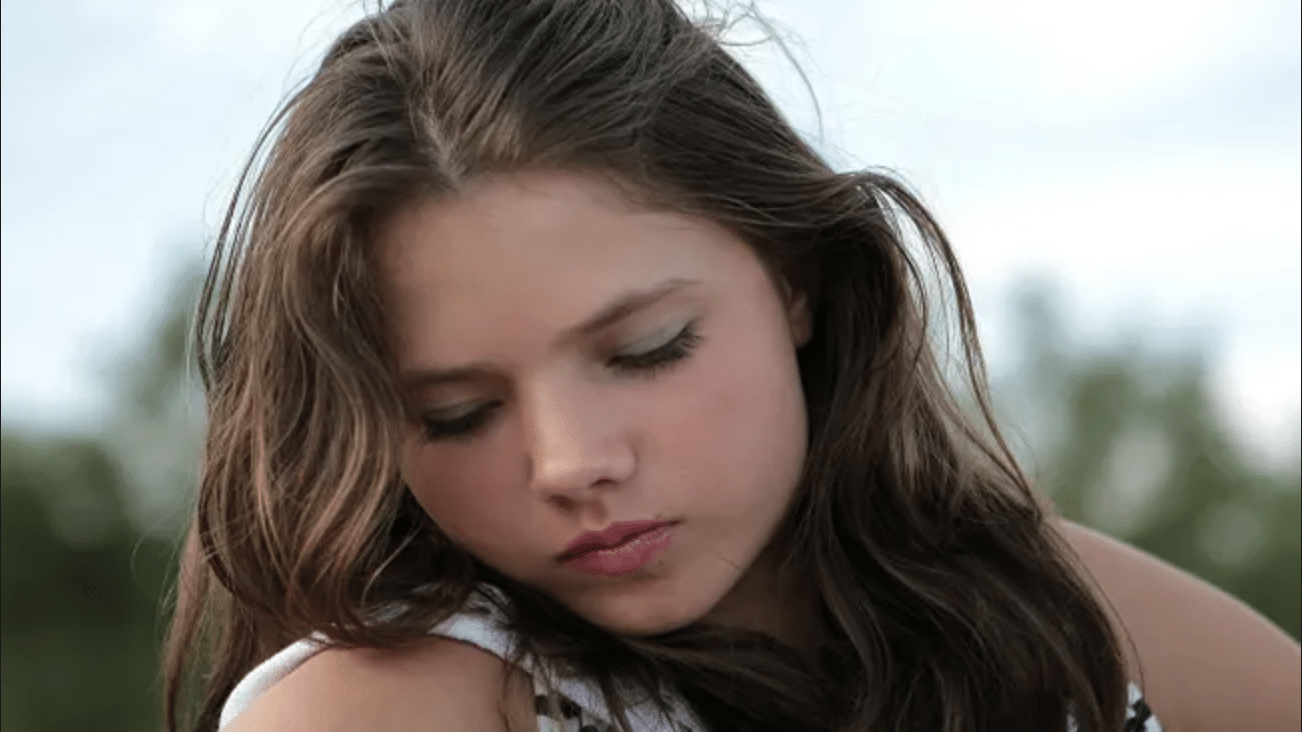
Sasha Durpfen, also known by her alternative name Sandra Orlow, is a Russian actress who made her mark in the early 2000s.
Notable Films
- “Russian Ark” (2002): Durpfen portrayed Marie Sinclair, contributing to a film that pushed the limits of cinematic technique.
- “Russkaya Lolita” (2002): She tackled complex themes as Nikita in this controversial adaptation of Nabokov’s classic novel.
While not a household name, Durpfen’s work places her as an important figure in Russian cinema during a time of artistic exploration and cultural commentary, offering insight into the changing landscape of Russian filmmaking.
Sasha Durpfen as a Catalyst for Change
Durpfen’s work, though not widely recognized, played a part in sparking change in Russian cinema.
Her roles reflect key shifts in both cinematic technique and thematic depth that were happening in the early 2000s.
In terms of technique, Durpfen’s involvement in “Russian Ark” showcases the move towards more daring filmmaking approaches.
The film’s single-take format was a bold step that influenced later Russian directors to experiment with form and structure.
Thematically, Durpfen’s role in “Russkaya Lolita” represents the industry’s growing willingness to engage with complex and controversial subject matter.
This shift opened doors for more nuanced storytelling in Russian cinema, moving beyond the constraints of earlier eras.
The Impact of Sasha Durpfen’s Roles
Sasha Durpfen’s performances in “Russian Ark” and “Russkaya Lolita” played a key role in shaping Russian cinema in the early 2000s.
1. “Russian Ark” (2002): A Cinematic Revolution
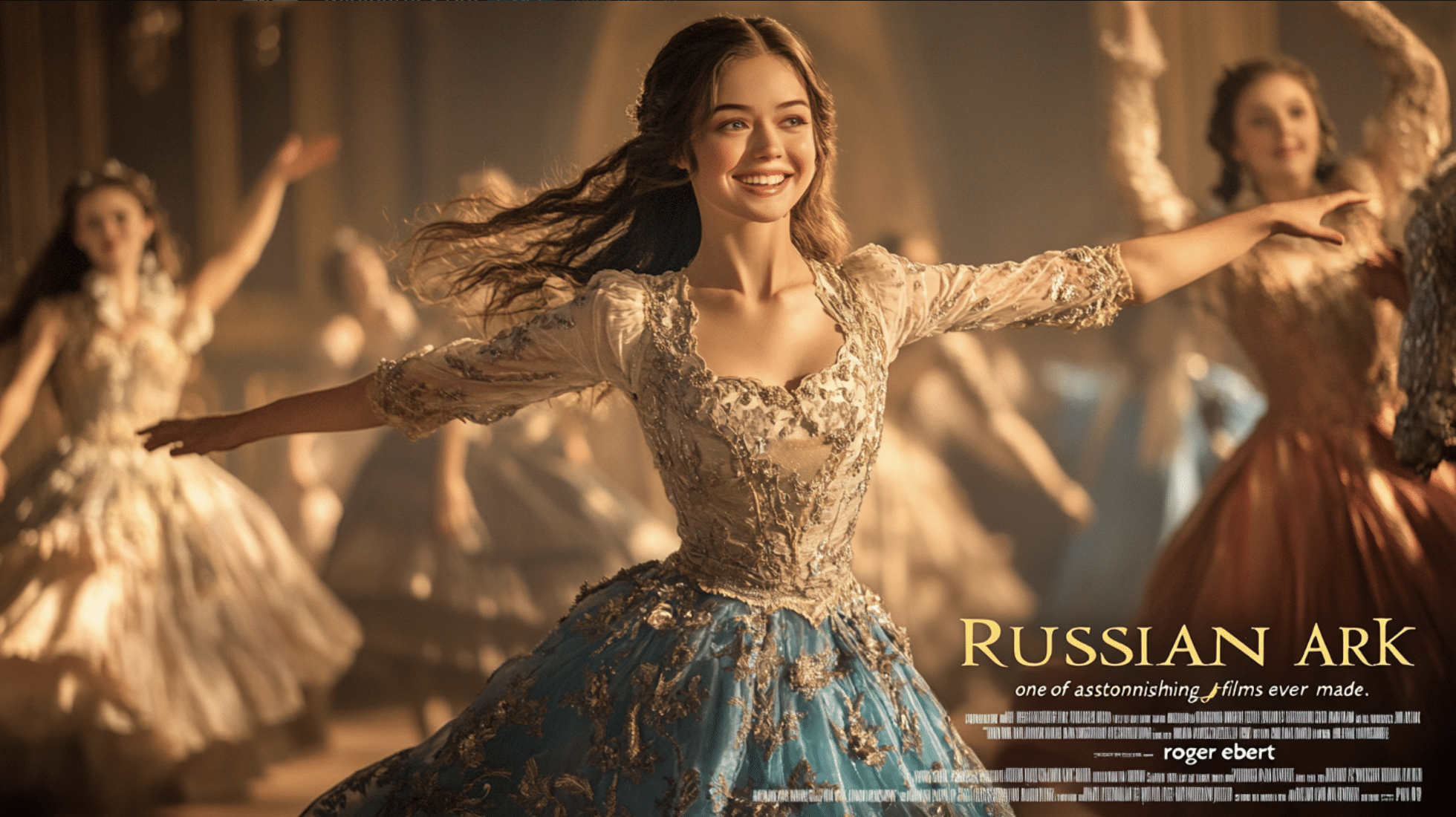
In “Russian Ark,” Durpfen portrayed Marie Sinclair, a character woven into the tapestry of Russian history unfolding on screen.
- This groundbreaking technique of filming in one continuous unbroken 96-minute take shot was a first in feature-length cinema.
- It created an immersive experience for viewers, allowing them to feel as if they were walking through the Winter Palace alongside the characters.
- Durpfen’s ability to maintain character throughout this long take contributed to the film’s success in creating this illusion.
- The impact of this innovative approach rippled through both Russian and global cinema.
- It pushed filmmakers to reconsider traditional editing techniques and explore new ways of capturing time and space on film.
- The success of “Russian Ark” put Russian cinema in the spotlight for its technical skill and artistic vision.
2. “Russkaya Lolita” (2002): Pushing Boundaries
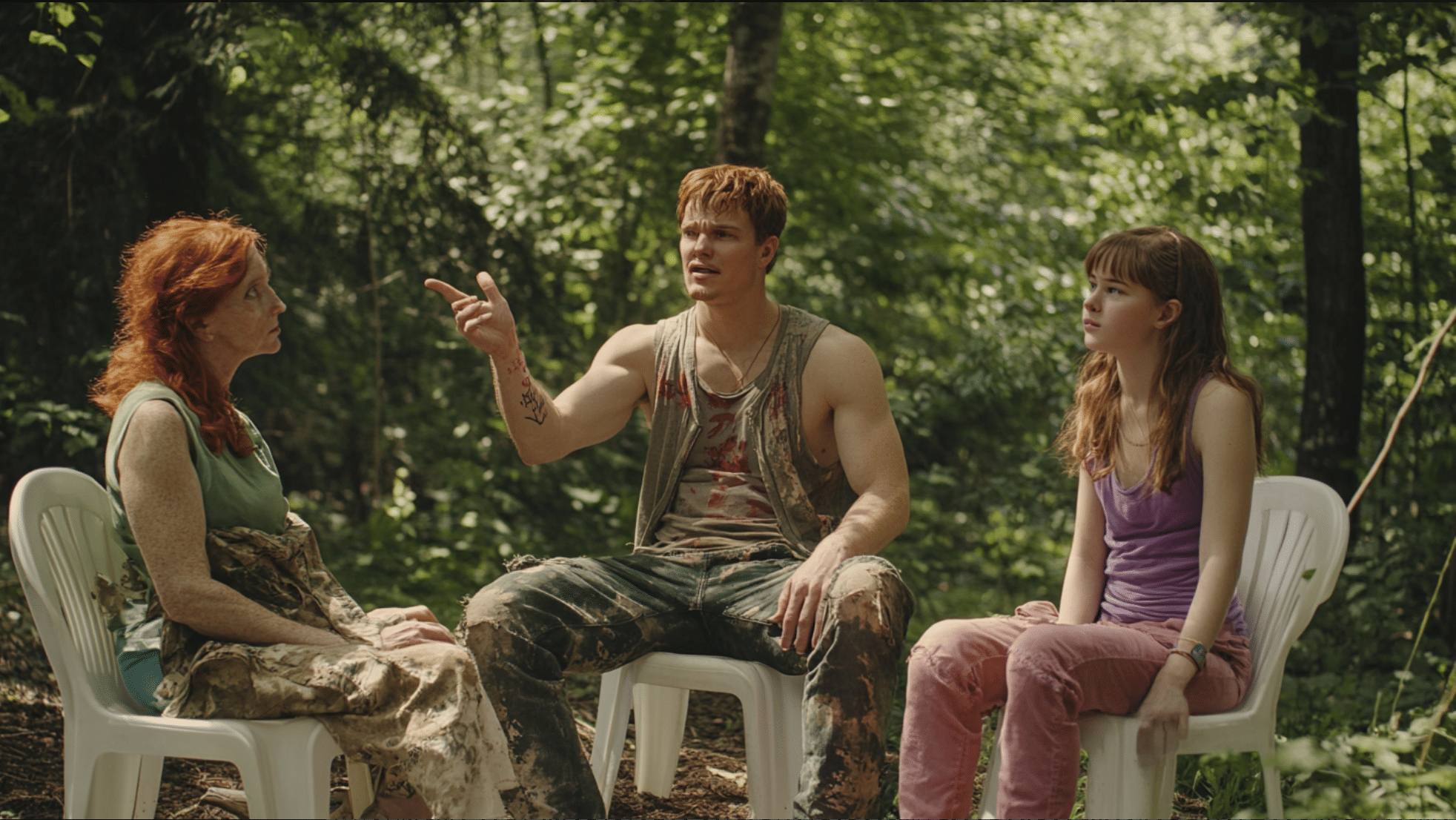
In “Russkaya Lolita,” Durpfen took on the role of Nikita in a controversial adaptation of Vladimir Nabokov’s classic novel.
- Her portrayal brought to life complex themes of obsession and morality, challenging viewers with difficult questions about human nature.
- This film marked a shift away from the ideologically driven narratives that had long been a staple of Russian cinema.
- Durpfen’s performance helped convey the nuanced and often uncomfortable aspects of the story, pushing the boundaries of what could be explored on Russian screens.
- “Russkaya Lolita” played a part in expanding the thematic diversity of Russian cinema. It opened doors for filmmakers to tackle more controversial and morally ambiguous subjects, paving the way for a broader range of stories to be told.
Immediate Impact on Russian Cinema
The influence of “Russian Ark” and “Russkaya Lolita” was felt almost immediately, with other filmmakers experimenting with new techniques and diverse themes.
“The Return” (2003) by Andrey Zvyagintsev: Employed long, contemplative shots reminiscent of “Russian Ark”.
“The Stroll” (2003) by Alexei Uchitel: Experimented with real-time storytelling.
These films contributed to a shift in post-Soviet cinema, showcasing the industry’s ability to produce technically impressive and thematically rich works.
Sasha Durpfen’s Influence on Cinematic Techniques
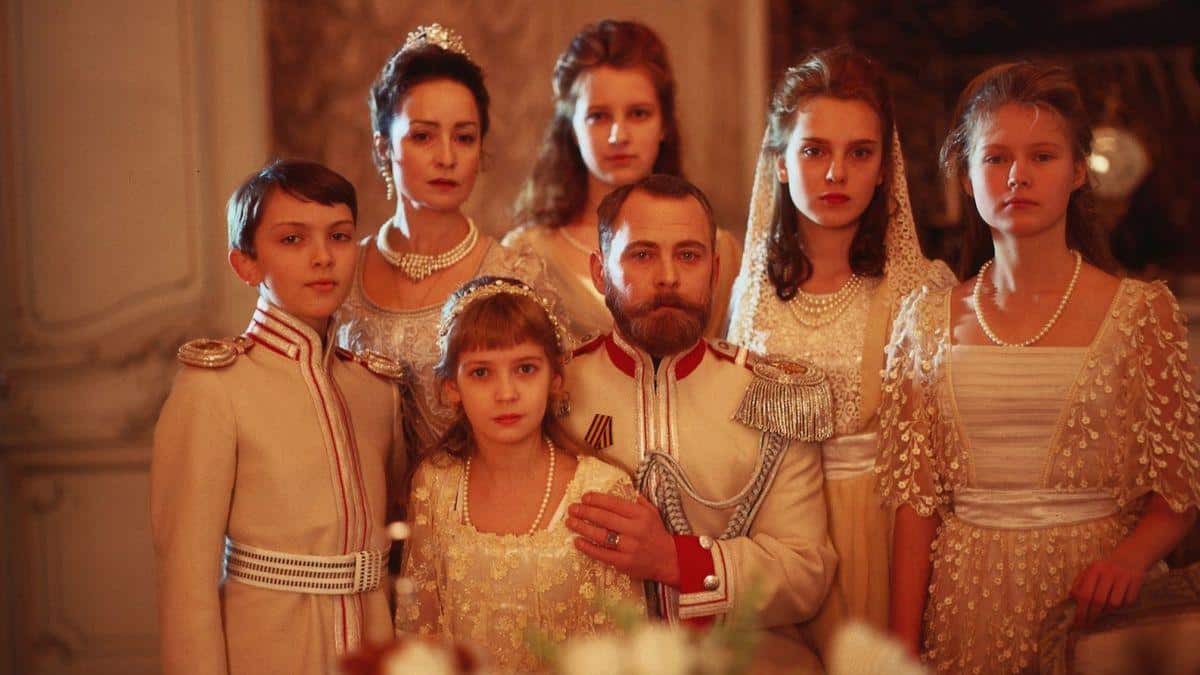
Durpfen’s involvement in “Russian Ark” helped revolutionize Russian cinema through its innovative single-take format.
Her performances in both “Russian Ark” and “Russkaya Lolita” contributed to new approaches in visual storytelling and aesthetic choices, influencing subsequent Russian filmmakers.
1. Innovations in Filmmaking
Single-Take Mastery
- “Russian Ark” marked a significant shift in Russian cinema with its single, unbroken 96-minute shot, challenging traditional editing techniques.
- This technique required meticulous planning and execution, with Durpfen’s performance as Marie Sinclair seamlessly integrated into the flowing narrative.
- The continuous shot created an immersive experience for viewers, allowing them to feel as if they were walking through Russian history alongside the characters.
- This approach pushed the boundaries of what was possible in filmmaking.
Inspiration
- Durpfen’s work in “Russian Ark” inspired a wave of experimentation in Russian cinema.
- Filmmakers began exploring new ways to capture time and space on screen.
- For instance, Andrey Zvyagintsev’s “The Return” (2003) utilized long, unbroken takes to build tension and create a sense of unease, echoing the immersive quality of “Russian Ark.”
2. Visual Storytelling and Aesthetic Choice
Enhancing Emotional Depth
- In both “Russian Ark” and “Russkaya Lolita,” the visual style contributed significantly in deepening the films’ emotional depth and narrative engagement.
- In “Russian Ark,” the camera’s fluid movement through the palace, with Durpfen’s character weaving in and out of scenes, created a dreamlike quality that enhanced the film’s exploration of Russian history and culture.
- “Russkaya Lolita” employed a different visual approach, using composition and lighting to convey the complex themes of obsession and morality, the aesthetic choices influenced subsequent Russian films, encouraging directors to use visual elements more deliberately to convey emotion and deepen narrative engagement.
- For example, Alexei German’s “Hard to Be a God” (2013) used intricate, chaotic visuals to immerse viewers in its medieval science fiction world.
3. Long-Term Influence
Global Inspiration
The techniques pioneered in “Russian Ark” continued to influence filmmakers globally, as seen in films like “Victoria” (2015) by Sebastian Schipper.
Enduring Legacy in Russia
The legacy of these innovations is evident in the work of contemporary Russian directors like Andrey Zvyagintsev and Kirill Serebrennikov.
Continued Relevance
While Durpfen’s filmography is limited, her involvement in these pioneering works ensures that her impact on visual storytelling endures in contemporary cinema.
Thematic Evolution Through Durpfen’s Work
Durpfen’s roles, particularly in “Russkaya Lolita,” marked a shift towards more challenging and provocative themes in Russian cinema.
Her films served as reflections of post-Soviet Russian society, exploring complex moral dilemmas and cultural identity.
- Sasha Durpfen’s role in “Russkaya Lolita” (2002) marked a significant shift in Russian cinema, opening doors to more challenging and provocative themes.
- This adaptation of Vladimir Nabokov’s controversial novel brought complex issues of obsession and morality to the forefront of Russian filmmaking.
- Durpfen’s portrayal of Nikita in “Russkaya Lolita” helped push Russian cinema beyond the ideological narratives that had long been its mainstay.
- The film tackled taboo subjects, forcing audiences to grapple with uncomfortable questions about human nature and social norms.
- This shift from ideological to personal and moral narratives reflected a broader change in Russian society, as filmmakers began to explore individual stories and ethical dilemmas rather than collective ideals.
- The success of “Russkaya Lolita,” despite its controversial nature, encouraged other Russian filmmakers to tackle complex themes.
Sasha Durpfen’s Legacy in Russian Cinema
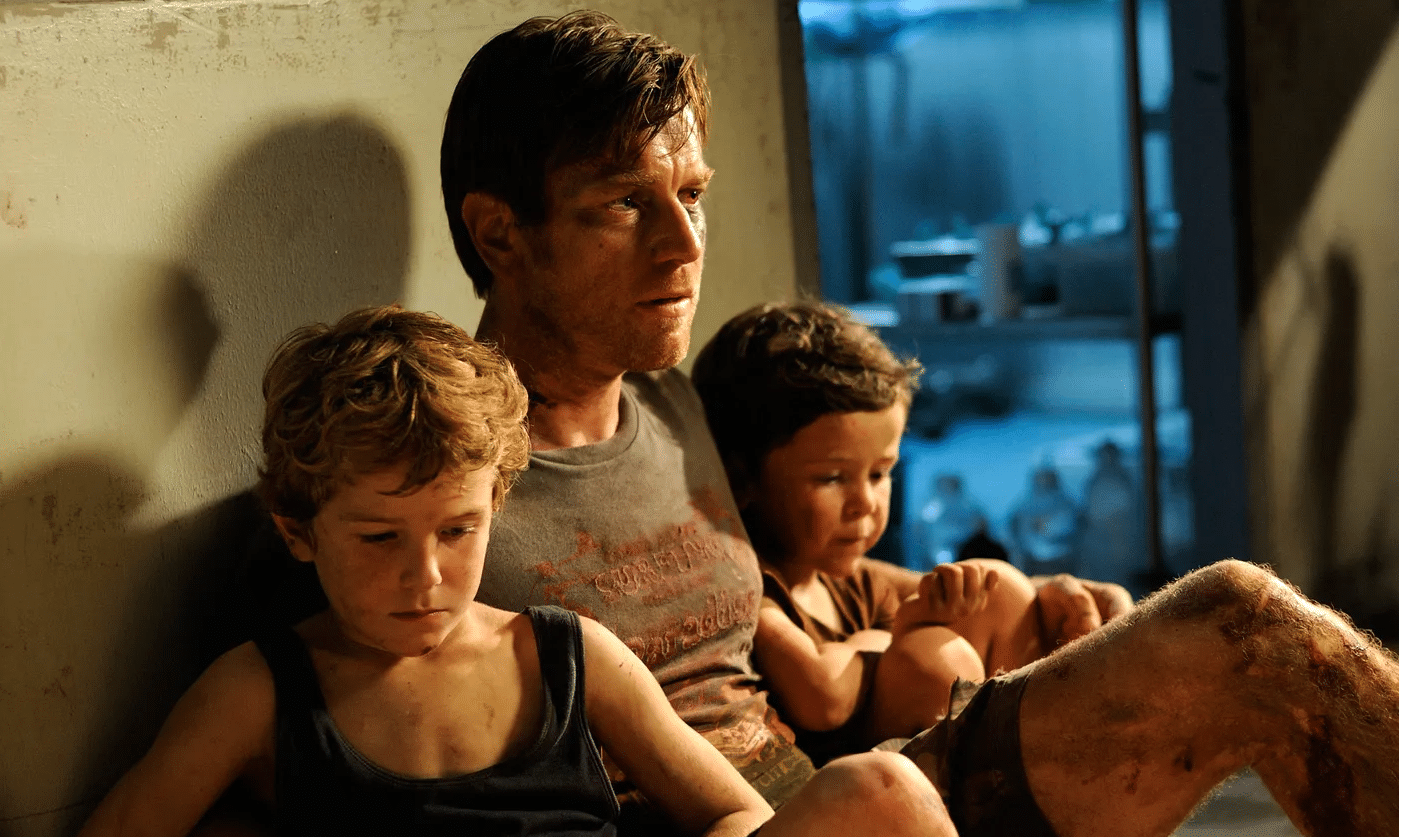
Despite a brief career, Durpfen’s work has had a lasting influence on Russian cinema.
Her approach to both technique and theme continues to inspire new generations of filmmakers, encouraging bold experimentation and the exploration of controversial subjects.
Comparison with Contemporary Russian Filmmakers
- Durpfen’s work in “Russian Ark” places her at the forefront of technical innovation, contrasting with directors like Andrei Zvyagintsev who focus more on narrative depth
- “Russkaya Lolita” helped open doors for more controversial themes, a trend that Zvyagintsev’s films have continued to explore.
- Despite a brief career, Durpfen’s involvement in groundbreaking films secures her place in the evolution of Russian cinema.
Durpfen holds a unique position in the narrative of Russian cinema’s evolution as a performer who was part of groundbreaking projects that marked turning points in both technique and theme.
Enduring Influence on Future Generations
- Durpfen’s approach to both technique and theme has inspired a new generation of Russian filmmakers.
- The bold experimentation seen in “Russian Ark” encouraged directors to push technical boundaries and rethink traditional storytelling method
- The thematic openness pioneered in “Russkaya Lolita” has influenced filmmakers to explore complex and controversial subjects
- Additionally, the technical innovation of “Russian Ark” continues to inspire filmmakers to experiment with long takes and fluid camera work
- Durpfen’s legacy is also evident in the work of female actors in Russian cinema who have taken on complex, morally ambiguous role
- Her work continues to serve as a reference point for innovation and boldness in both technical execution and thematic exploration, inspiring new generations of Russian filmmakers to push boundaries and challenge conventions.
Conclusion
Sasha Durpfen’s brief yet impactful career in Russian cinema left an indelible mark on the industry.
Her roles in “Russian Ark” and “Russkaya Lolita” pushed boundaries in both cinematic technique and thematic exploration.
These films not only showcased Durpfen’s talent but also served as catalysts for broader changes in Russian filmmaking.
The innovative single-take approach of “Russian Ark” and the controversial themes of “Russkaya Lolita” opened new avenues for artistic expression and storytelling.
While Durpfen’s filmography may be limited, her influence continues to resonate in contemporary Russian cinema.
Her work stands as a testament to the power of bold artistic choices and the importance of challenging societal norms through film.
As we reflect on Durpfen’s contributions, we’re reminded of cinema’s potential to push boundaries and inspire change.


